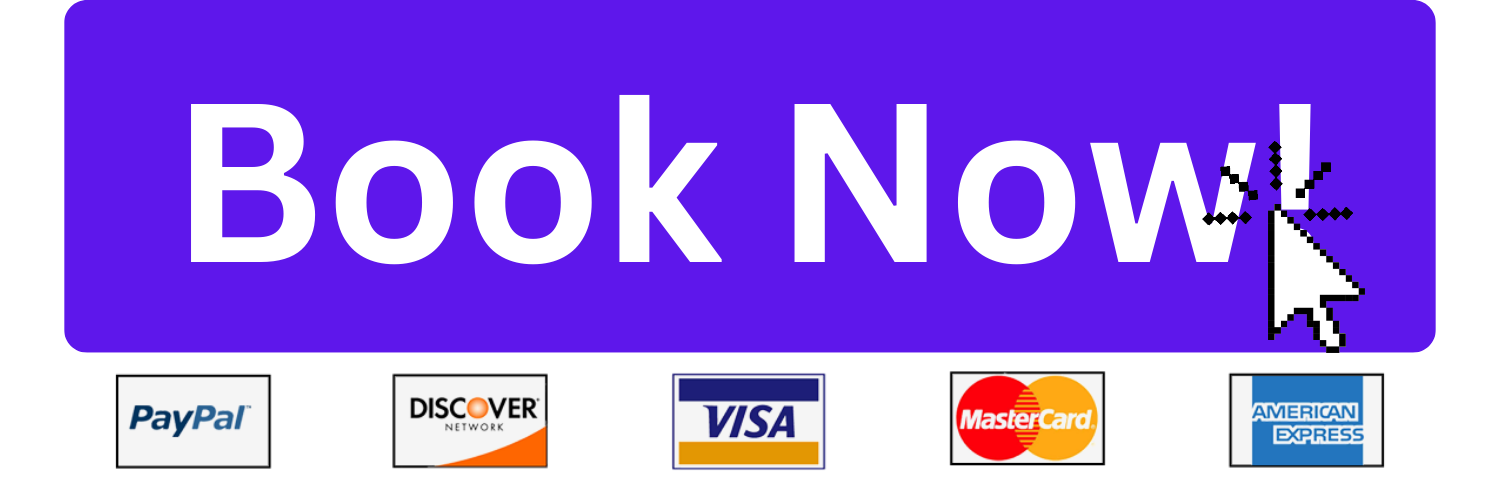How Financial Statements Are Constructed and Interpreted
Financial statements are crucial documents that show how a company is doing financially. They help investors, managers, and other stakeholders understand the company’s performance and make informed decisions. There are three main types of financial statements: the income statement, the balance sheet, and the cash flow statement. Let’s break down how each of these statements is constructed and interpreted in simple terms.
See also: Should I Use Private Tutoring Services?
1. Income Statement
The income statement shows a company’s revenues (money earned) and expenses (money spent) over a specific period, usually a quarter or a year. It helps determine if the company made a profit or a loss during that time.
Construction of the Income Statement
- Revenue: This is the total amount of money the company earns from selling its products or services. For example, if a bakery sells $10,000 worth of bread in a month, that’s its revenue.
- Cost of Goods Sold (COGS): This includes all the direct costs related to producing the goods sold. For our bakery, this might include flour, sugar, and labor costs directly tied to making the bread. If these costs total $6,000, then:
Gross Profit=Revenue−COGS=10,000−6,000=4,000
- Operating Expenses: These are costs not directly tied to production but necessary for running the business, like rent and utilities. If these expenses are $2,000, then:
Net Income=Gross Profit−Operating Expenses=4,000−2,000=2,000
Interpretation of the Income Statement
The bottom line of the income statement shows net income or profit. A positive net income means the company made money; a negative number indicates a loss. Investors look at this figure to assess how well the company is performing.
Related: How Read an Income Statement
2. Balance Sheet
The balance sheet provides a snapshot of what a company owns (assets), what it owes (liabilities), and the difference between the two (equity) at a specific point in time.
Construction of the Balance Sheet
- Assets: These are everything the company owns that has value. This includes cash, inventory (like unsold bread), and equipment (like ovens). If our bakery has $15,000 in cash and $5,000 in inventory, its total assets would be $20,000.
- Liabilities: These are debts or obligations the company must pay back. If our bakery owes $8,000 to suppliers for ingredients and $2,000 in bank loans, its total liabilities would be $10,000.
- Equity: This represents what is left for the owners after all debts are paid. It can be calculated as:
Equity=Assets−Liabilities=20,000−10,000=10,000
Interpretation of the Balance Sheet
The balance sheet must always balance out according to this Accounting Equation:
If assets equal liabilities plus equity, it indicates that everything is accounted for correctly. Investors use this statement to evaluate how much debt a company has compared to its assets and equity.See Pass Accounting Class with Us
3. Cash Flow Statement
The cash flow statement shows how cash moves in and out of a business over a specific period. It helps assess whether a company can generate cash to fund its operations.
Construction of the Cash Flow Statement
- Operating Activities: This section shows cash generated from regular business operations. For example, if our bakery received $12,000 from sales but paid $8,000 for ingredients and expenses:
Cash from Operations=12,000−8,000=4,000
- Investing Activities: This includes cash used for buying or selling long-term assets like equipment. If our bakery bought new ovens for $5,000:
Cash from Investing=−5,000
- Financing Activities: This section shows cash received from loans or paid out as dividends. If our bakery took out a loan for $3,000:
Cash from Financing=+3,000
Putting it all together:
Interpretation of the Cash Flow Statement
A positive net cash flow means more cash came into the business than went out. This indicates good financial health since it shows that the company can cover its expenses and invest in growth. Investors look closely at this statement to ensure that a company can sustain its operations without relying too much on borrowing.
Conclusion
Financial statements—the income statement, balance sheet, and cash flow statement—are essential tools for understanding how well a company is performing financially. By learning how these statements are constructed and interpreted with simple examples like our bakery scenario, stakeholders can make better decisions about investing or managing their businesses effectively.Understanding these concepts not only helps investors evaluate potential investments but also aids business owners in managing their operations more efficiently.
References
[1]
[2] https://statrys.com/blog/what-is-a-financial-statement
[3] https://www.schwab.com/learn/story/3-financial-statements-to-measure-companys-strength
"Are you tired of struggling in accounting class? Let us make accounting easy and enjoyable for you."







